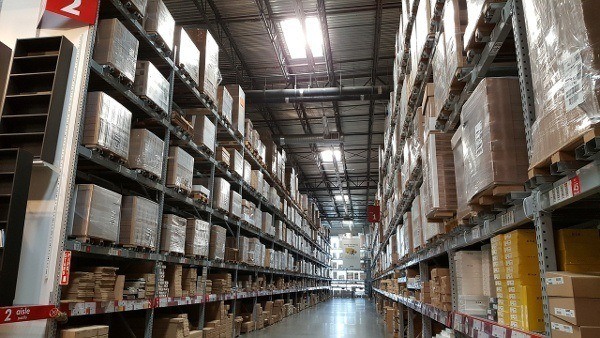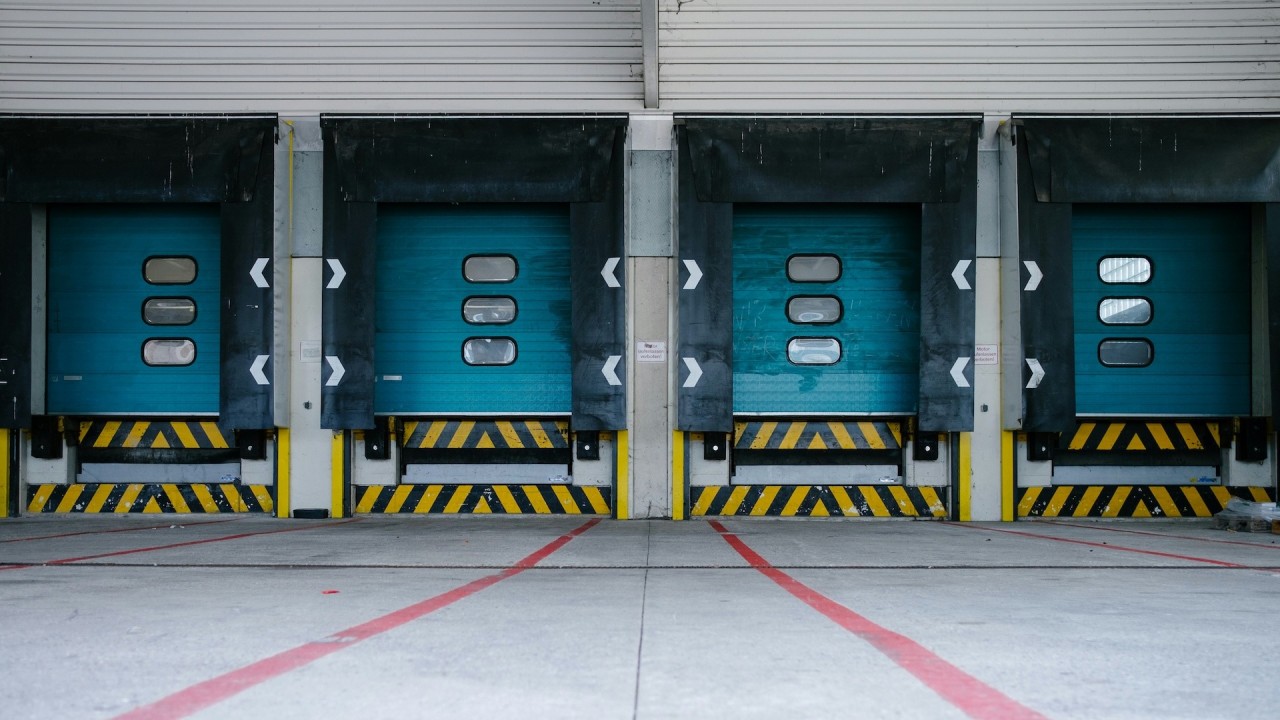Drop shipping is a supply chain management method in which the retailer does not keep goods in stock, but instead transfers customer orders and shipment details to either the manufacturer, another retailer, or a wholesaler, who then ship the goods directly to the customers. The majority of retailers make their profit on the difference between the wholesale and retail prices, but some retailers earn an agreed percentage of the sales in commission, paid to them by the wholesaler.
The number of retailers who rely on suppliers to ship online orders directly to customers is constantly increasing. Their hope is that this strategy will help them compete with e-commerce rivals without spending more on inventory, as they are able to offer more products on their websites without having to actually keep them in stock.
The e-commerce industry has thus far focused mostly on the shopping experience from the buyer’s point of view, but technology and innovation are arguably making selling as easy as buying. In addition to promoting a seamless buying experience, technology is also working to the advantage of the seller. Real-time communication, information transfer, logistics processing and online networking all enable retailers to remotely manage sustainable e-commerce platforms. This empowers sellers who no longer have to micromanage every aspect of the e-commerce business.
Digital marketing experts are taking this method to the extreme with what is known as “extreme drop shipping” by which people use targeted Facebook and Google advertising based on sophisticated digital insights on customer trends and behavior. This strategy enables them to become an online retailer without making or even touching the physical products they sell.
Early drop shipping adopters include Macy’s and Home Depot, having used the practice to broaden their online assortments and sell bulky items like appliances that take up a lot of space in stores and warehouses. But there is a downside, especially for larger retailers, since they no longer have control over their entire supply chain. Instead, they have to rely upon suppliers and other third parties to manage the inventory and shipping process. When something goes wrong, the retailer might not be responsible for the situation, but will certainly remain accountable in the eyes of the customer.
So while drop shipping can be an great way for retailers to optimize their warehouse space and alleviate the pressure on their supply chain, they need to be careful when determining who they can trust. Retailers must be mindful when choosing suppliers to focus on those who they know will deliver an optimal brand experience – after all, their reputation is at stake if their customers aren’t satisfied with the delivery process.
Another important caveat to take into account is customer data which, in the hands of suppliers, could give them a competitive edge over retailers who have thus far guarded this priceless information very carefully.
Retailers also need to take into consideration that drop shipping comes at a cost and their profit margins will be smaller as suppliers include the operational costs of shipping into the mix. This means that companies will need to be careful when choosing which product or product categories are worth choosing for drop shipping, since the wholesale price will be significantly lower when they stock it.
For drop shipping to become a success within an organization, retailers must remain fully alert and engaged in the process. Peter Edlund, one of the founders of DiCentral suggests 7 steps for successful drop shipping (read more at dcvelocity.com), including setting expectations with vendors upfront, sticking to rigorous shipment standards, and having a comprehensive view of shared inventory. The bottom line of these is to ensure that all trading partners are fulfilling orders as promised.



